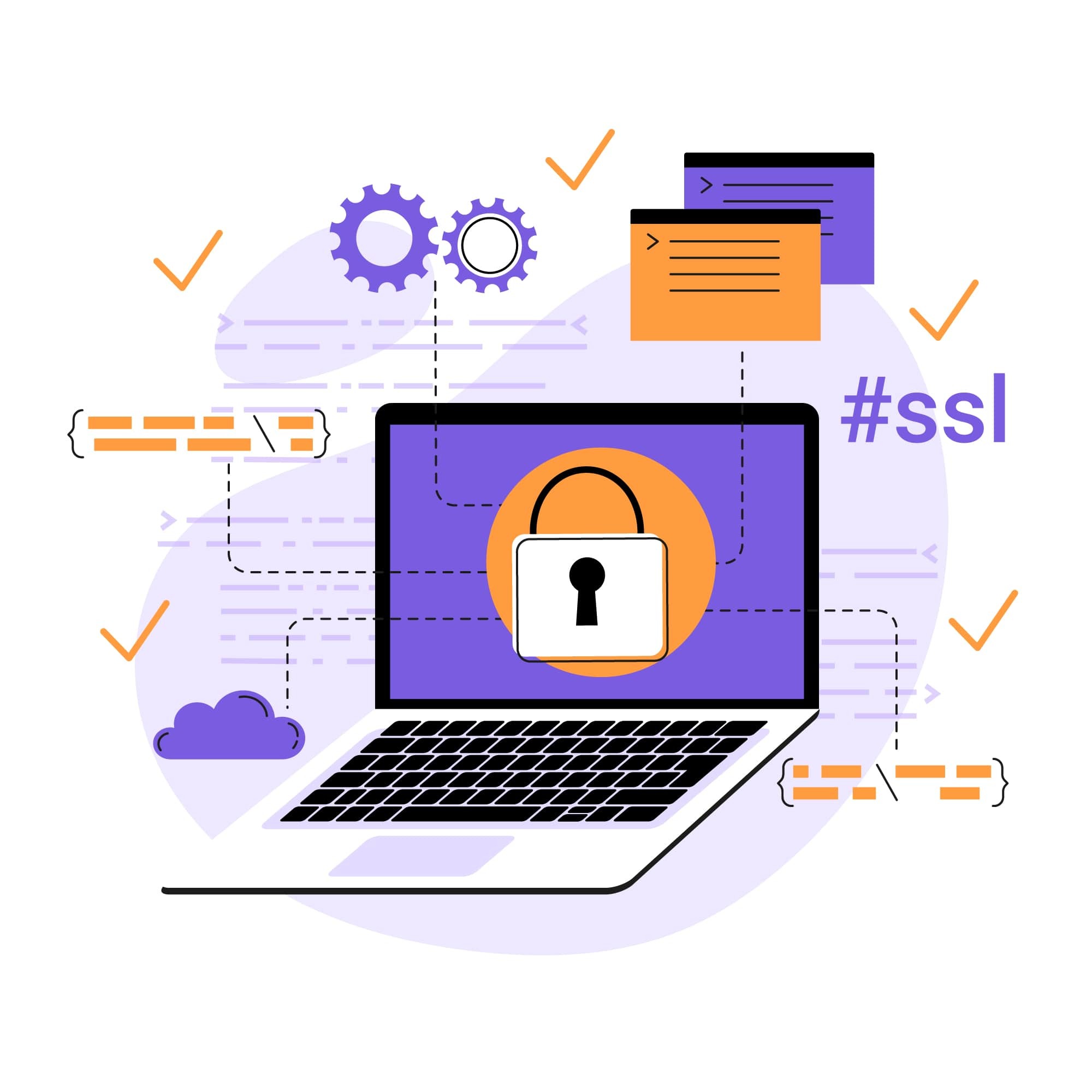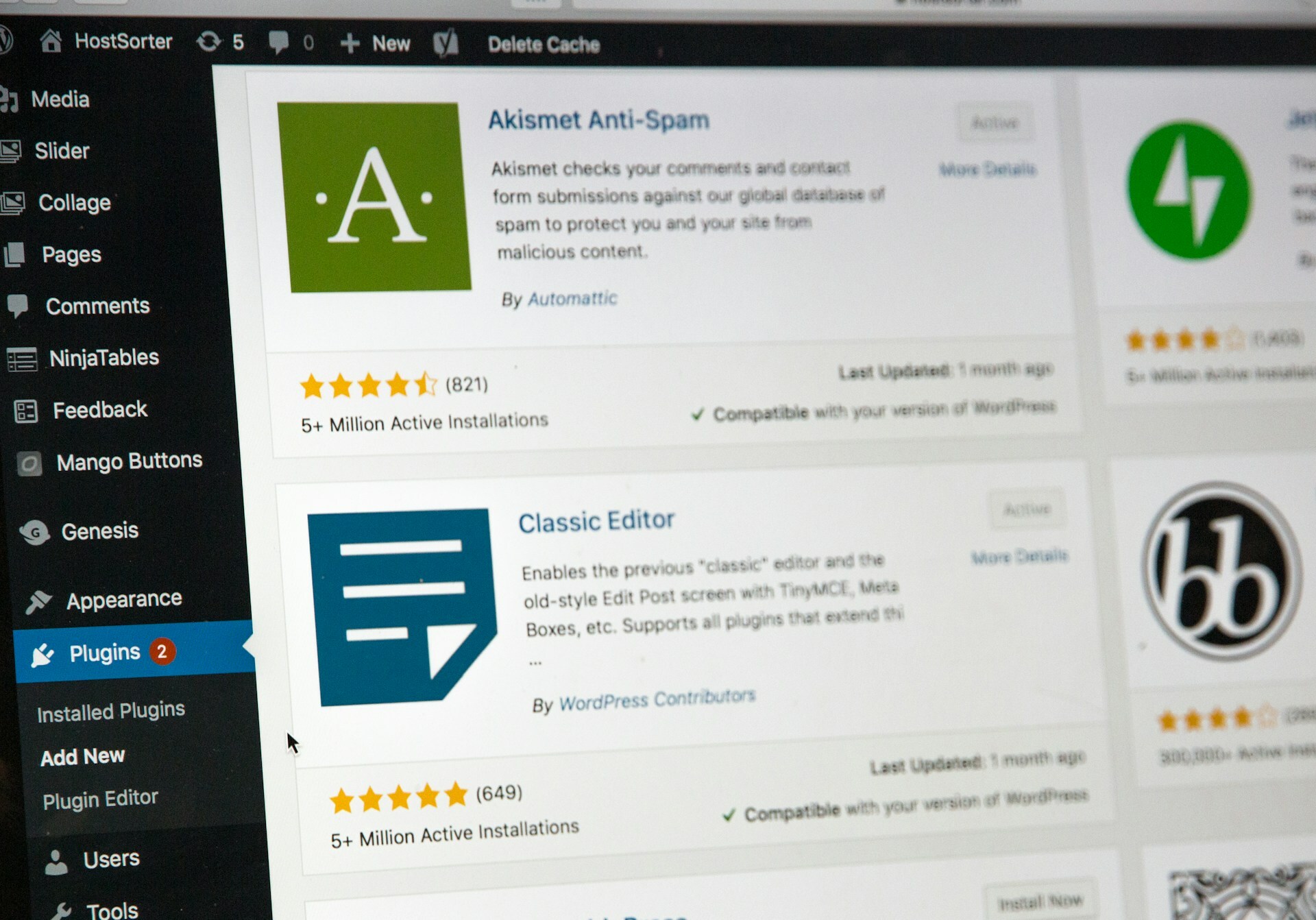
Broken Access Control in OWASP: What It Is & How to Prevent It?
Broken access control is a critical vulnerability that can leave web applications exposed to a range of cybersecurity threats. In fact, it is ranked as the #1 vulnerability on the OWASP Top 10 list of web application security risks.
When access control mechanisms fail, it can allow unauthorized users to access the application and the sensitive data it stores. To help you avoid potential data breaches or security incidents, this guide provides comprehensive information on broken access control and effective prevention strategies.
What is broken access control?
Access control mechanisms are the first line of defense against unauthorized access to web applications, ensuring that only authenticated and authorized users can interact with sensitive data and functionality. Authentication methods like password logins, two-factor authentication, and captchas help verify user identity, but when access control is flawed or misconfigured, attackers can exploit these flaws to infiltrate systems, steal sensitive data, and launch more sophisticated attacks.
Once hackers gain unauthorized access through broken access controls, they can escalate privileges, manipulate system settings, or exfiltrate confidential information. Some of the most common tactics used to exploit broken access control include:
Cross-site scripting (XSS): By injecting malicious scripts into a web application, attackers can bypass access controls and execute unauthorized actions on behalf of legitimate users.
Brute force attacks: This method entails systematically guessing passwords or session IDs (often by using bots) to gain unauthorized access.
SQL injections: By exploiting vulnerabilities in a web application’s database query handling, attackers can manipulate SQL queries to extract, modify, or delete sensitive data. In some cases, SQLi can also be used to bypass authentication and gain unauthorized access.
These are just a few of the methods attackers use to exploit broken access control vulnerabilities. Given the wide range of security risks that arise from weak access control, it is necessary for website owners to implement strong security measures to prevent unauthorized access and mitigate potential threats.
Common characteristics
So, what causes access control mechanisms to fail? There are several common characteristics of broken access control you need to be on the lookout for, including:
Misconfigured access control systems: Poorly set up permissions or rules can create gaps in security, allowing unauthorized access.
Lack of proper role-based access control (RBAC): Without proper RBAC, users may gain access to resources beyond their authorized roles.
Improper validation of user roles and permissions: Failure to validate user permissions correctly can result in privilege escalation and other security risks.
Impacts on businesses
Gaps in web application security can impact businesses in a lot of different ways. When broken access control mechanisms allow hackers to gain access to an application on your website, the damage can be widespread and severe. In addition to stealing all the data the application stores, hackers can often use their access to the application to compromise the rest of your site.
Data loss, reputational damage, non-compliance with data security regulations, and website downtime are all examples of the troubling consequences broken access control can lead to. These incidents can result in hefty regulatory fines, costly legal battles, and loss of customer trust, ultimately impacting revenue and business continuity. To protect your website and its users, strong, reliable access control mechanisms are a must-have, along with a robust website security solution that continuously scans for vulnerabilities and potential threats.
Broken access control examples
Broken access control attacks can take several different forms. Here are a few common examples of what these attacks look like:
Unauthorized access via insecure direct object references (IDOR): In this attack, hackers exploit a reference to an internal object (such as a file or database entry) to gain unauthorized access to the application.
Privilege escalation: Weak access control checks can allow hackers to escalate their privileges from basic access to administrative access, enabling them to execute a wide range of malicious actions.
Bypassing authentication mechanisms: URL manipulation or parameter tampering can enable attackers to bypass login screens and access restricted areas.
You don't have to look very far to find examples of companies that have suffered severe impacts due to these broken access control attacks. One recent and well-known example is the MGM Resort Breach of 2023, during which hackers were able to exploit weak access control to gain super administrator privileges to MGM's network.
Troubleshooting broken access control
If you are concerned about the potential for broken access control mechanisms in a web application, here are the steps you can take to troubleshoot the issue and bolster security:
Conduct security testing
Routine security testing is a great way to discover broken access controls before someone else does. With penetration testing, you can test access against real-world threats to see how they perform and identify any vulnerabilities. According to OWASP, here are some of the scenarios you should test when conducting penetration testing on access controls:
Attempting to access restricted content by manipulating URL parameters.
Attempting to bypass authentication mechanisms through improper input validation
Attempting to exploit missing authorization checks on sensitive operations
Attempting to escalate privileges by bypassing role-based access controls
By performing these penetration tests yourself in a controlled environment, you can hopefully discover and patch access control vulnerabilities well before they are exploited.
Implement robust access control mechanisms
The biggest key to preventing broken access control is ensuring you use the right access control mechanisms. Strong passwords and two-factor authentication are a good start. However, strong access control extends beyond this by enforcing the principle of least privilege, ensuring users can only access the resources necessary for their role, and conducting regular reviews to audit and update user permissions.
Validate user input and session management
Proper server-side validation is essential to ensure that all user input is thoroughly checked and that access control mechanisms are correctly enforced. This helps mitigate the risk of unauthorized access and potential vulnerabilities. User sessions should be secured through the implementation of appropriate timeout settings and renewal practices, ensuring sessions are not left open to exploitation.
Adopt advanced security measures
In addition to the measures discussed so far, there are several advanced strategies you can implement to strengthen access control further. Using role-based access control (RBAC) frameworks, for example, will help enforce the principle of least privilege by restricting access to certain resources based on the user's role. Also, consider implementing a web application firewall (WAF) to shield your applications from unauthorized or malicious requests.
Preventing broken access control vulnerabilities
The most effective approach for website owners is to proactively prevent broken access control vulnerabilities rather than addressing them after they occur. Here are a few tips you can leverage to keep your access control mechanisms functioning as they should:
Regularly review and update access control policies.
Use secure coding practices and frameworks to reduce vulnerabilities.
Perform routine security audits and penetration tests.
Train developers and administrators on OWASP guidelines.
Keep sensitive endpoints hidden and restrict access to authorized users.
Broken access control in the OWASP Top 10
Every three to four years, the Open Worldwide Application Security Project (OWASP) releases a top ten list of the most critical security risks to web applications. In the most recent edition of the OWASP Top 10 list, broken access control ranked as the biggest threat.
There are a couple of reasons why OWASP has identified broken access control as the top website vulnerability. The first reason is the prevalence of broken access control and the number of websites that are vulnerable. In addition to being a widespread vulnerability, broken access control is also a risk that can have a significant impact if exploited.
Maintain a secure website with SiteLock
Broken access control is one of the most critical cybersecurity threats, but with the right security measures, you can safeguard your website, protect sensitive data, and prevent costly breaches.
SiteLock offers an all-in-one website security solution designed to detect, prevent, and remediate threats before they impact your business. Our comprehensive website protection plans include daily security scans, automated malware removal, vulnerability patching, and more.
Whether you're running a large eCommerce store handling sensitive customer data or a small business looking for peace of mind, SiteLock provides fast, automated protection and continuous monitoring to keep your website safe 24/7.




